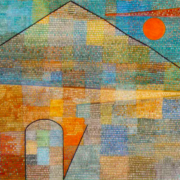The adopted child and his double origin
Abstract
In order to highlight the persistence of a double connection of the adopted child with the family of origin as well as with the new adoptive bonds (e.g., Brodzinsky, Schechter, Marantz Henig, 1992), two clinical cases are presented in this work: The first one regards a young woman who was adopted in early childhood through national adoption; the second one regards two adoptive parents dealing with the grief involved by the distancing of their adopted son when he becomes a young adult. This double connection tends to persist over the life of the adopted child even though one of the two poles, or both, might seem to “disappear” from the subjective and relational experience of the adopted person and his adoptive family; in fact, these two dimensions inevitably reemerge through time with different paths for each individual. On a psychic level, the adoption is situated for all protagonists in Read more


